Culturally Sensitive Communication: A Capstone Project in Healthcare
VerifiedAdded on 2022/08/24
|5
|862
|15
Capstone Project
AI Summary
This capstone project addresses the critical issue of culturally sensitive communication in healthcare. It emphasizes the increasing diversity of patient populations and the importance of nurses understanding diverse cultural backgrounds to ensure patient safety and equity. The project highlights the need for educational programs to equip nurses with the necessary skills and knowledge to communicate effectively with patients and families from various cultural backgrounds. It explores an action plan that focuses on cultural awareness, improved patient satisfaction, and training for healthcare professionals. The project also identifies the strengths and weaknesses of the action plan, including the need for more research and the influence of sociocultural characteristics. Finally, it discusses potential barriers to implementation, such as differing beliefs and values, and the impact of social determinants of health on communication. The project underscores the significance of culturally sensitive communication for improving patient care and outcomes.
1 out of 5
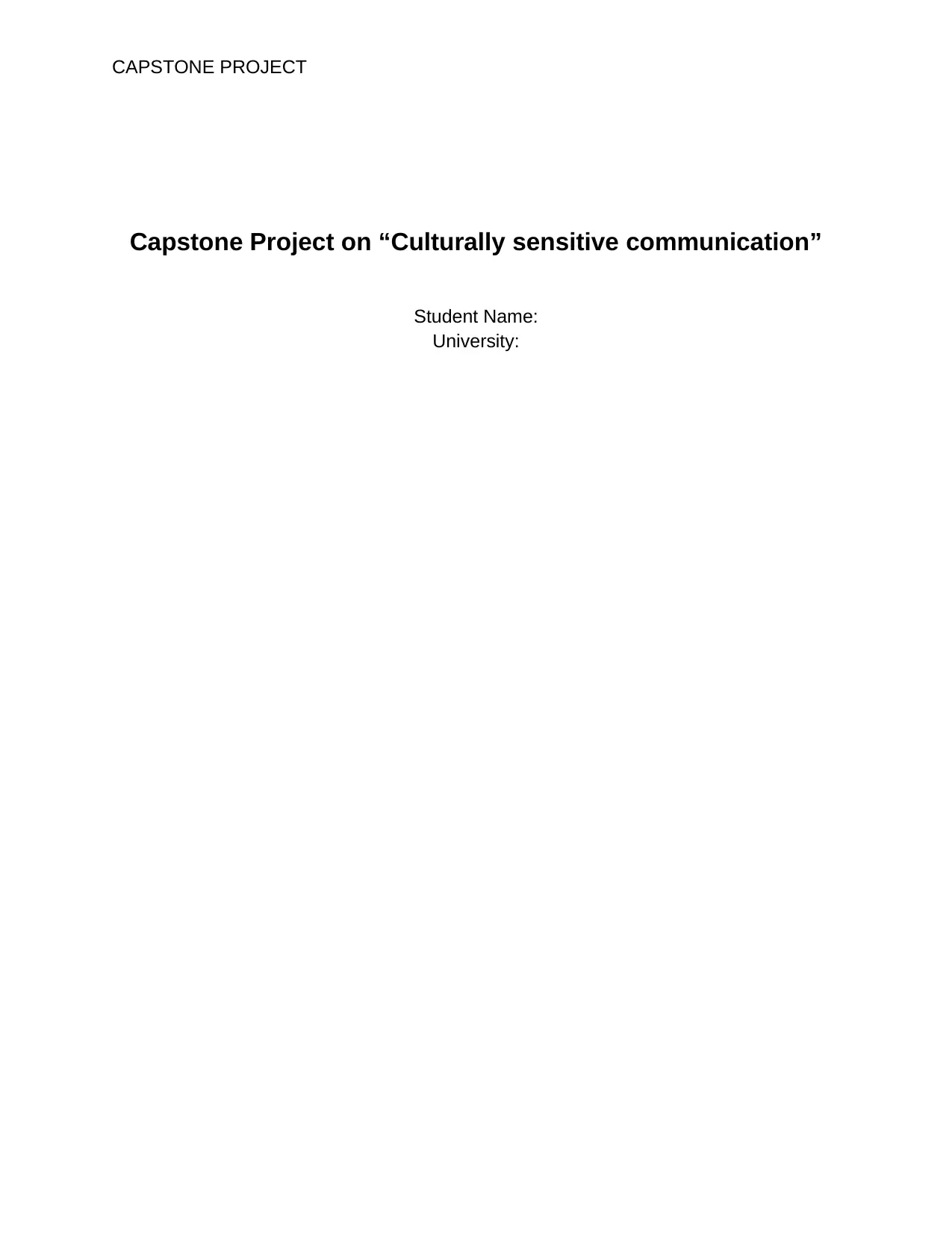
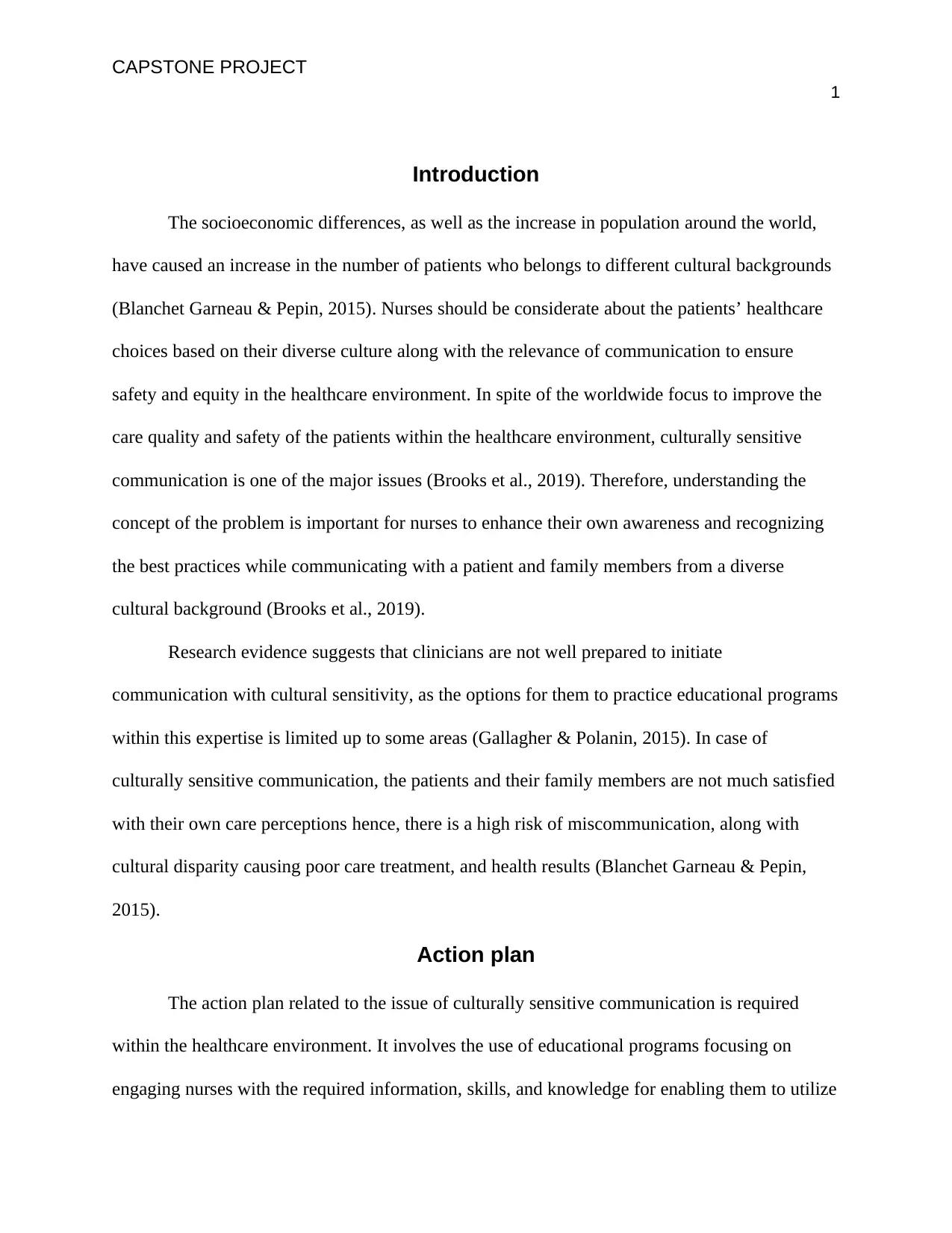
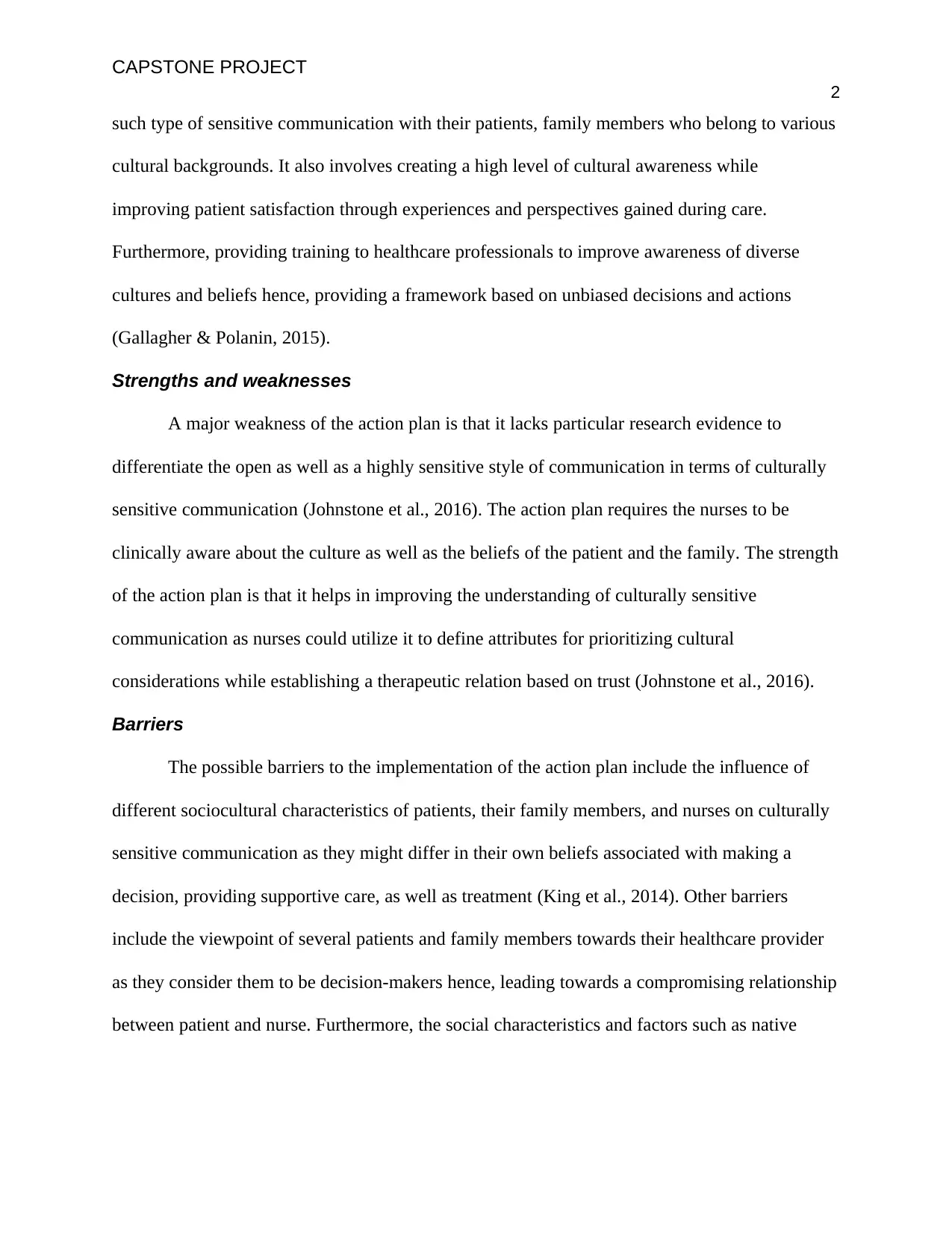

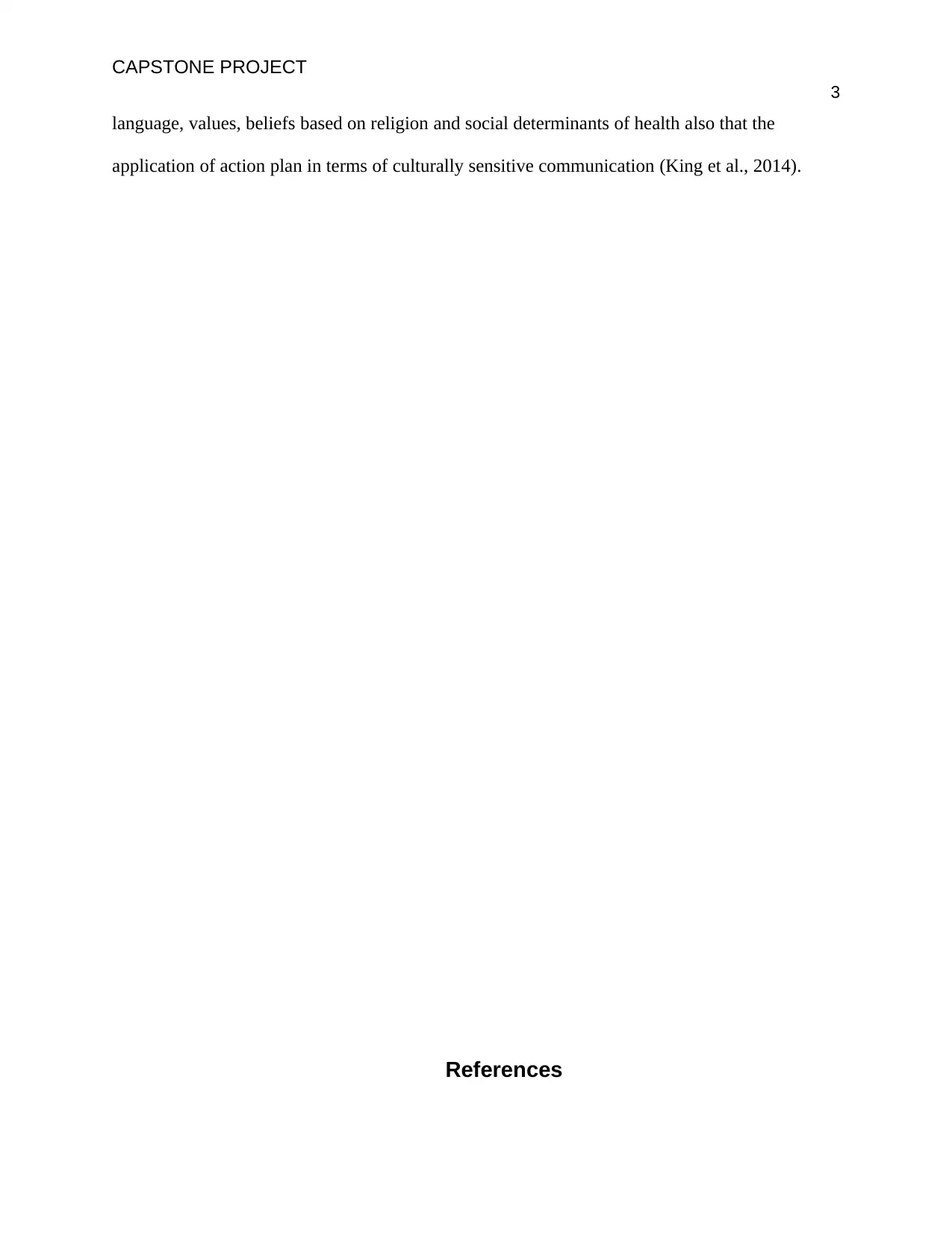
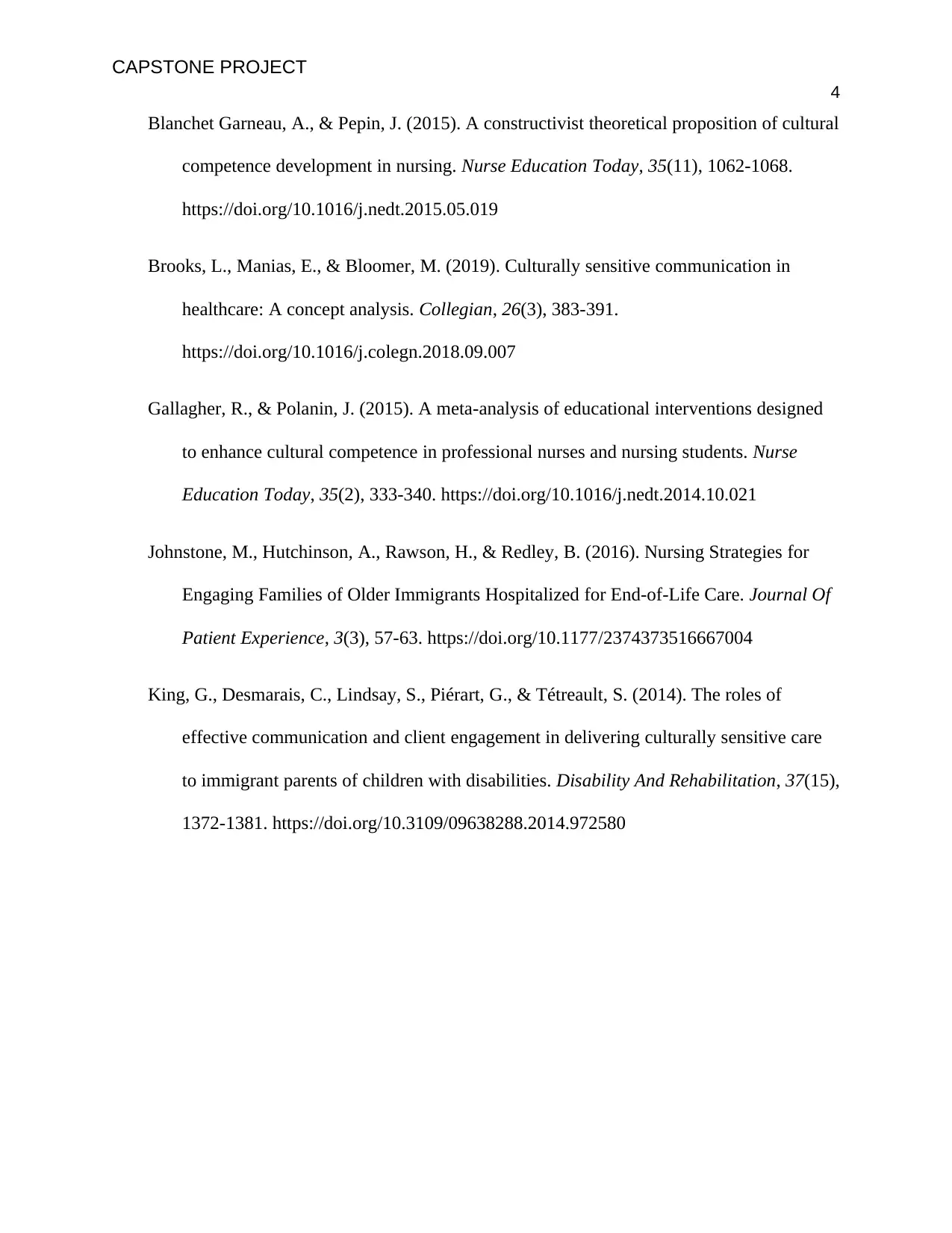






![[object Object]](/_next/static/media/star-bottom.7253800d.svg)